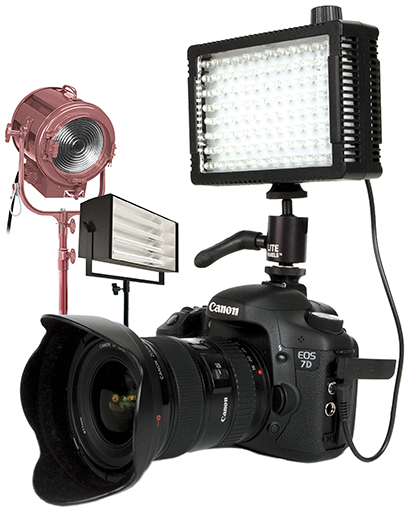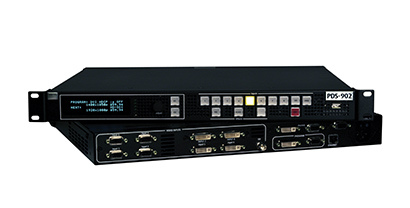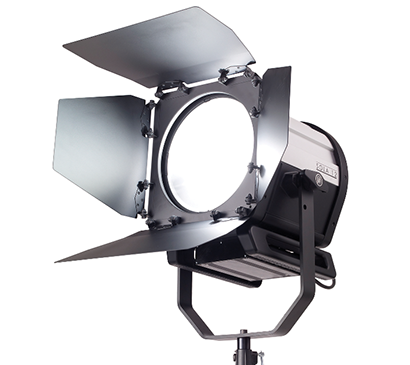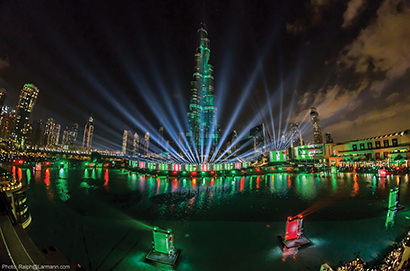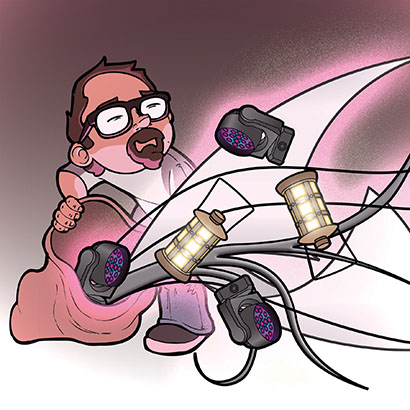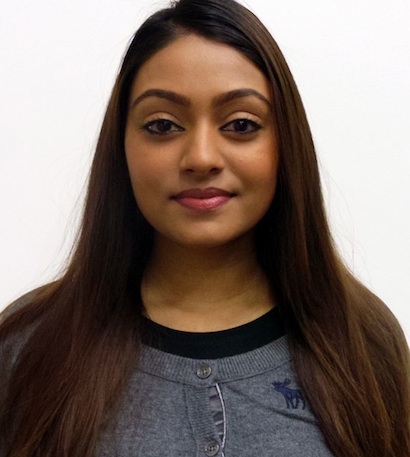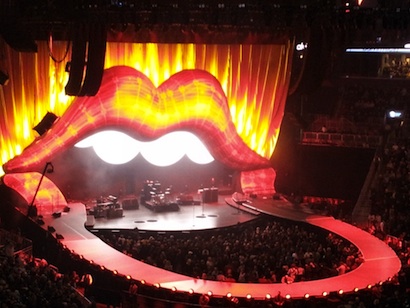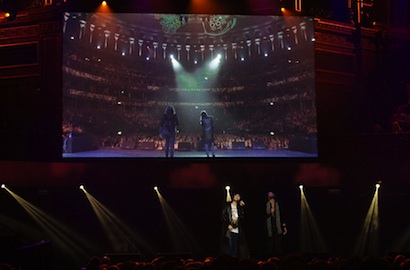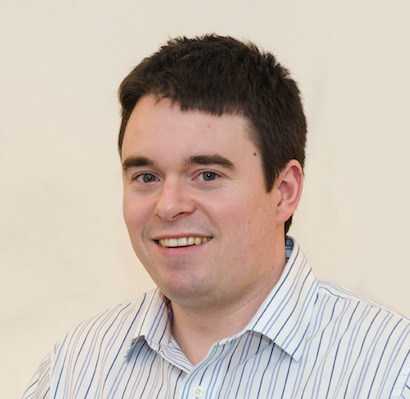Lighting for Video – The Evolution of Cool
The history of lighting dates back to a distant time when there wasn’t any artificial lighting at all. In fact, in the early days, some film studios were designed with a rotating open roof to allow the maximum amount of natural light to fill the stage. Film companies moved to Hollywood in droves, where natural light was plentiful. Inevitably, directors wanted to film in the evenings, and they had the audacity to want a little “visual mood” in their scenes. Thankfully, along came Thomas Edison, followed closely by Mr. Mole, Mr. Richardson, and the Kliegl Brothers. Suddenly, the “electric” lighting industry was born.
Read More »